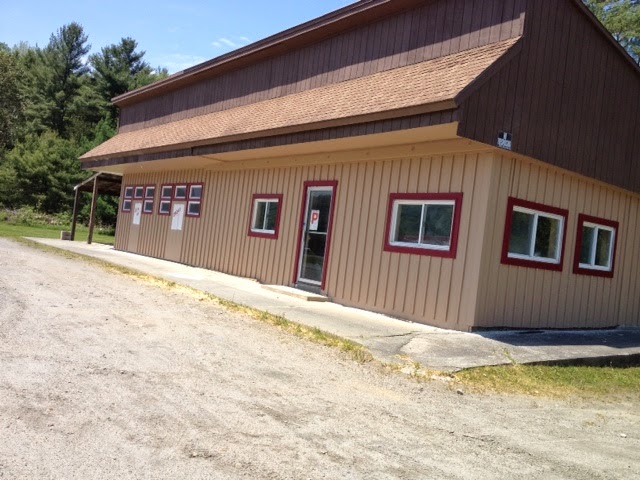http://www.waterfordvt.org
What a gorgeous website Mike and Kevin have provided, to kick off a wonderful summer in Waterford, Vermont! Consider this the "soft opening" of the site -- it's live, but more parts will be added, including a link to this Waterford History site.
Terrific to have town resources available this way; a big thank you to all the town employees who are also participating in this.
History, old and new, of the Vermont town of Waterford, on the Connecticut River just east of St. Johnsbury.
Saturday, June 7, 2014
Tuesday, June 3, 2014
Making Hay, Part 1 -- Farming in Waterford
 |
| Keeping machinery in use at the Gingue Farm, Waterford. |
And now haying seems to have come full circle, as many large dairy farms like Waterford's Gingue Farm harvest the tall grass and transport it, somewhat dried and loose, to silos and other forms of storage -- again, to encourage a higher protein level, which helps cows produce more milk.
Gingue Brothers Dairy recently described this newest process on their Facebook page. Not only is it a way to use machines to their best advantage, but it's also a form of coping with a changing climate:
With these short weather windows it's very difficult to make dry hay at 85-90% dry matter (10-15% moisture.) We make some dry hay every year but seems that mama nature only gives us a couple good weeks of dry weather each year. When we make chopped silage and ferment it in the bunk, we dry the grass to 30-40% dry matter (60-70% moisture) this allows us to chop most of the fields the same day they were mowed. We've been planting more cover crops, no-till planting, and using minimal tillage on the rest of our acres to reduce erosion. It's not easy but we are constantly tweaking our crop planning ad practices to help the environment.So here's a pictorial look at how hay was made a hundred years ago -- when it was cut loose, dried in the field (weather permitting!), and moved to the upper levels of the barn for storage in the "hay mow" until feeding to the cows.
1. Hay loader. This photo is from New Jersey, but I bought it from a Vermonter who said this was how he loaded hay here from the field to the wagons right after World War II, that is, 1945. We talked about these -- with Willard P. and Dave M. speaking from experience -- at the May meeting of the Waterford History group.
2. Hay forks. These chain-operated "giant tongs" could grasp an astounding amount of the wagonload of hay at once. They were attached to a hoist and track up inside the barn roof. From inside the barn, the crew pulled by hand, by horse, and by machine, to lift the hay from the wagon sitting outside, raise it to the door in the upper floor of the barn, and maneuver it to the particular place in the hay mow for storage. Quick and effective!
3. Barn adjustment for hay forks. Waterford farmers mostly cobbled the fork tracks into their existing barns. But in some nearby towns, barns being built during this mechanical lifting period added a projecting "tooth" at the top of the barn roof (gable roofs), so the hoist for the hay fork could rise straight up from the wagon before being pulled into the upper level of the barn with its load. This photo is from Vermonter Thomas Visser's Field Guide to New England Barns and Farm Buildings.
Labels:
dairy farming,
farming,
Gingue Farm,
hay,
haying,
history,
Vermont,
Waterford
The Frosty Bar, Short Update
Construction progress as the Frosty Bar (just outside Waterford, on Route 2) continues its change back to a drive-in restaurant (seafood included, we hear!).
Sunday, June 1, 2014
Summer Correspondence, Lower Waterford, Vermont, 105 Years Ago
Here's a lovely postcard mailed on June 8, 1909, from the writer in Lower Waterford to the addressee in Concord, Vermont. Maybe we should try to have these cards made up again! Meanwhile, if you know something about the people in this correspondence, please do add your comments. (Thank you, Dave Kanell, for sharing images of this card.)
Labels:
Concord,
correspondence,
Lower Waterford,
postcard,
Vermont
Subscribe to:
Comments (Atom)









